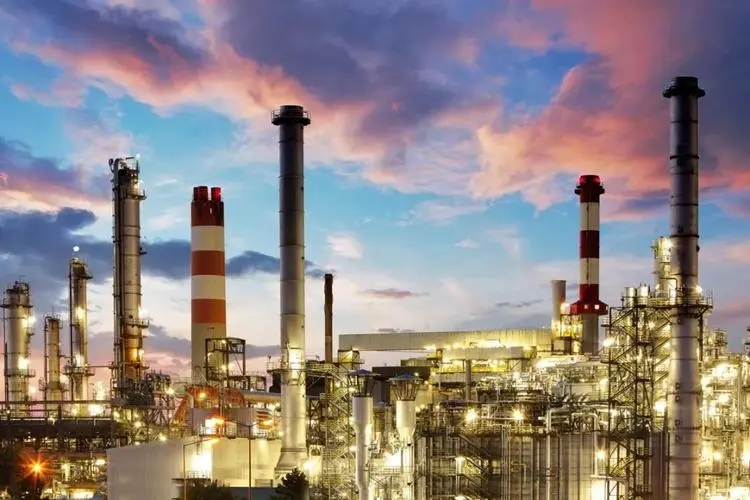TOCOM Energy
JPX Energy Market Updates(Jun. 27, 2022)
Welcome back to JPX energy market weekly updates.
Crude oil futures were mostly steady last Friday after several rounds of steep falls. In the short term, oil demand remains on the mend despite rising inflation, while Russian supply disruptions and limited global spare capacity continued to crimp supply. The backwardation in prompt JPX Dubai and ICE Brent intermonth spreads in recent days has strengthened despite falling flat prices. However, with fears of demand destruction and recession continue to plague sentiment, price volatility is likely to remain high.
Since the beginning of mid-June, the sell-off appeared not to have abated as investors continued to fret over a potential recession after persistent high inflation. The US Federal Reserve Chairman Jerome Powell has stated that the Fed cannot control the prices of oil or most food articles during his opening statement last week. Powell added that achieving a soft landing for the US economy was going to be very challenging. His comments come amid 8.6% year-on-year inflation in the US.
While the current tensions in energy crisis are caused by a multitude of factors, the link with the global food prices should not be overlooked as the market is paying close attention to inflation rates. According to the IEA, direct and non-direct energy costs can account for 40% to 50% of total variable costs of cropping. For example, farmers use diesel fuel to run their tractors. Natural gas is used to produce the fertilizers applied on farms. Natural gas prices have risen strongly across all key gas-consuming regions since early 2021, with European and Asian benchmark prices hitting all-time records. Considering the fundamentals, the current tight conditions in global natural gas markets may continue in the medium term. This would mean persistent pressure on operating costs for fertilizer producers, along with continued high prices for consumers.
Nonetheless, the apparent demand loss from higher prices has been offset by a solid demand recovery from the Covid-19, oil demand seems to be less price-elastic as expected. Asian gasoline cracks hit record last week as a resurgence of car travel during the peak summer driving season following eased pandemic restrictions. Meanwhile, the American Automobile Association said it expects car travel to set a record with 42 million people hitting the road over the Independence Day weekend. Pent-up demand for airline travel is supporting the near-term jet fuel outlook with the International Air Transport Association (IATA) reporting a wave of international bookings since April. Most analysts maintain the view that the oil market remains tight at least before the fourth quarter despite the current wave of pessimism.
The evolving market dynamics come as the outlook for oil supply grows more worrisome in the medium term, various international institutions have collectively warned a tight global oil production capacity due to lack of investment last week.
The International Energy Agency said that global oil supply could struggle to match demand in 2023 due to Russia’s constraints, OPEC+’s production buffers, and China’s needs following its COVID lockdowns.
EIA’s newly released report showed that as of May 2022, spare capacity in non-OPEC countries decreased by 80% compared with 2021 to 280,000 b/d, about 60% of the decline was due to Russia’s constraints. OPEC spare capacity declined to 3.0 million b/d by May from 5.4 million b/d last year. global spare crude oil production capacity in May was less than half of its 2021 average.
The International Energy Forum also issued an updated assessment of various new factors exacerbating the investment crisis. Continued above-normal inflation is one of the factors, higher inflation means future capex must increase at a similar rate at least to keep pace. Projects which had previously received a final investment decision at some point last two years now face rapidly increasing costs, and projects which had been on the verge of a final investment decision will likely be re-evaluated.
In the battle against inflation, monetary tightening is compounding the already rising cost of capital. The oil and gas sector relied heavily on debt to help finance Capex. Higher interest rates will increase the overall cost of a project financed from debt and could cause delays or deter investment in new projects. Some proposed policies to respond to high energy prices include windfall taxes, regulations, and higher price volatility– all of which make investment decisions more difficult.






